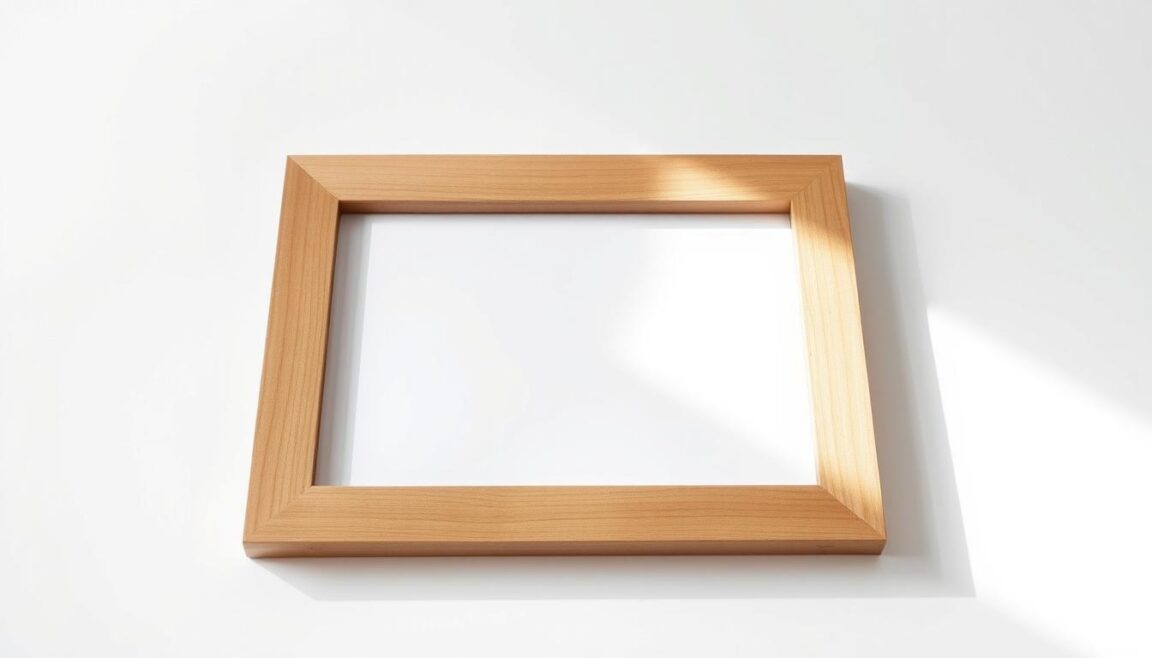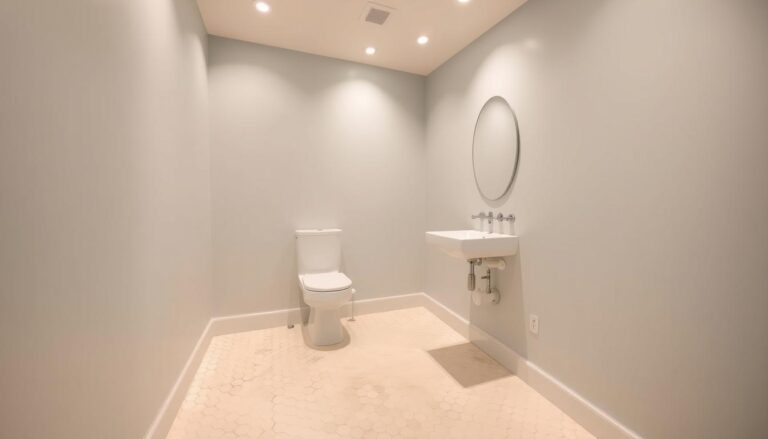Standard Frame Sizes
When it comes to framing your artwork, photos, or documents, selecting the appropriate dimensions is crucial. We understand the importance of presenting your pieces beautifully.
Understanding common frame dimensions can simplify the framing process. We will guide you through the most common sizes to help you find the perfect fit for your artwork.
By knowing the right frame dimensions, you can ensure your artwork is presented in a way that enhances its beauty. Our goal is to make artwork framing accessible and straightforward for you.
Common Standard Frame Sizes for Different Artwork
Standard frame sizes vary for different types of artwork, and knowing these can simplify your framing decisions. Whether you’re framing a photo, a poster, or a document, understanding the common sizes available can help you choose the perfect frame.
Photo Frame Dimensions
For photos, common frame dimensions include 8×10 inches, 11×14 inches, and 16×20 inches. These sizes are popular because they correspond to common photo sizes and aspect ratios.
Standard Sizes for Prints and Photographs
Standard sizes for prints and photographs are often based on traditional photo sizes. These include 4×6 inches, 5×7 inches, and the aforementioned 8×10 inches, among others.
Digital Photo Aspect Ratios and Corresponding Frames
Digital photos have various aspect ratios, such as 4:5 or 3:2. Understanding these ratios can help you choose a frame that fits your photo perfectly, minimizing the need for cropping.
Poster and Art Print Standard Sizes
For posters and art prints, larger sizes like 18×24 inches and 24×36 inches are popular. These sizes are ideal for making a statement or filling a large wall space.
Document and Certificate Frames
Documents and certificates are often framed in sizes like 8×10 inches or 11×14 inches. These sizes are suitable for standard document sizes and provide a professional look.
By understanding these standard frame sizes, you can make informed decisions when choosing a frame for your artwork, ensuring it is displayed beautifully and professionally.
How to Measure Your Artwork for the Perfect Frame
The key to a beautifully framed piece of art lies in precise measurements. Measuring your artwork accurately is essential for choosing the right frame and ensuring that it is presented in the best possible way.
Step-by-Step Measuring Guide
To measure your artwork, start by determining its length, width, and thickness. Use a ruler or measuring tape to get the exact dimensions. For irregularly shaped artwork, consider using a flexible measuring strip or tracing the artwork’s outline onto paper to calculate its size.
| Artwork Size | Frame Size (with mat) | Ideal Border Width |
|---|---|---|
| 8×10 inches | 11×14 inches | 1.5 inches |
| 11×14 inches | 16×20 inches | 2.5 inches |
| 16×20 inches | 20×24 inches | 2 inches |
Understanding Mats and Borders
Mats and borders play a crucial role in enhancing the appearance of your framed artwork. A mat is a border between the artwork and the frame, typically made of cardboard or paper. It helps to create a visually appealing contrast and prevents the artwork from touching the glass.

When to Consider Custom Framing
Custom framing is an excellent option when your artwork has unusual dimensions or requires special materials. It’s also ideal for pieces that are particularly valuable or sentimental. We recommend considering custom framing when standard frame sizes won’t do justice to your artwork.
Tips for Selecting and Arranging Standard Frame Sizes
Selecting the right standard frame sizes for your artwork can be a daunting task, but with our framing guide, you can achieve a visually appealing display. When choosing frames, consider the style and size of your artwork, as well as the decor of the room where it will be displayed.
For a cohesive look, use frames with a consistent style or color palette. When arranging multiple frames, balance is key. You can create a collage with different photo sizes, or use identical frames to create a uniform display.
To add depth to your display, consider using mats and borders. These can help separate the artwork from the frame and create a sense of layering. By following these tips and using our framing guide, you can create a beautiful and harmonious display that showcases your artwork.






